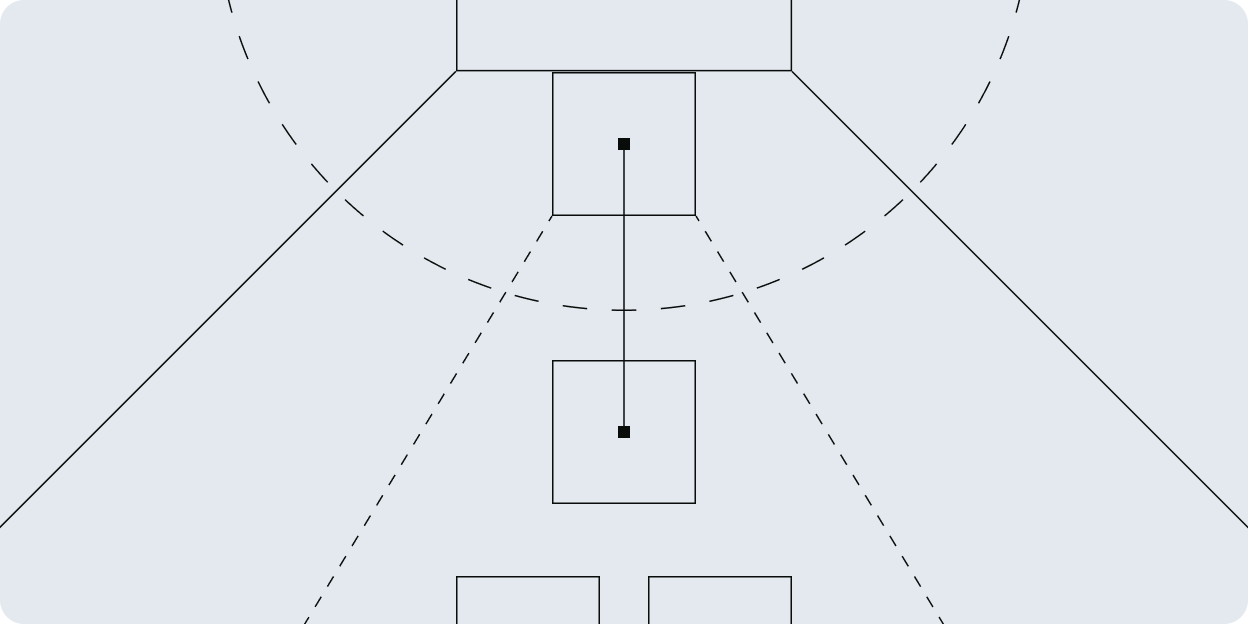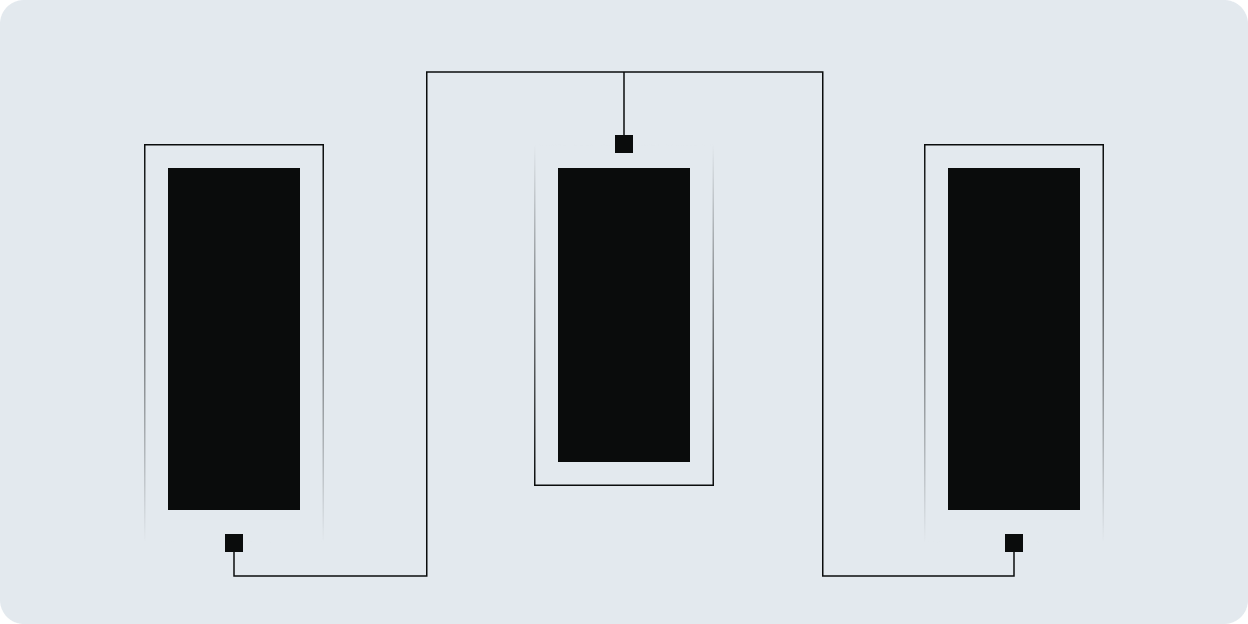
October 30, 2025
8 mins read
Beyond the Whitepaper: Turning Visionary Ideas into Legally Sound Ecosystems
on this page
Introduction: The Maturity Test for Web3 Visionaries
Every great Web3 project begins as a vision, a manifesto of technological liberation, decentralisation, or financial inclusion. Yet for many founders, the leap from concept to compliant ecosystem is the moment when that vision collides with legal reality. The whitepaper, once a symbol of innovation, is no longer sufficient to build investor confidence or regulatory credibility.
Today’s environment operates under a new paradigm. Regulators across Europe, the United Kingdom, and beyond have formalised expectations for how crypto assets are designed, distributed, and governed. The European Union’s Markets in Crypto-Assets Regulation (MiCA) has become a global benchmark, setting the standard for disclosures, governance, and accountability. A compelling idea, however visionary, must now be supported by a legal and operational framework that can withstand regulatory scrutiny.
The projects that succeed in this landscape are those that transform their vision into a compliant architecture. They understand that legal design is not a constraint but a structural advantage, the element that separates a project that raises funds from one that earns trust.
Insight / Analysis: From Whitepaper to Regulatory Framework
The whitepaper once served as a hybrid between a technical manual and a prospectus. It described a project’s objectives, tokenomics, and roadmap, often with persuasive language aimed at early adopters. Under MiCA and similar regimes, however, the whitepaper has become a legal disclosure document.
MiCA requires that issuers of crypto assets, including asset-referenced and e-money tokens, provide specific details regarding governance, conflict management, risk factors, and redemption mechanisms. This shift represents a fundamental change in the legal and reputational landscape. Projects are no longer judged only by their innovation but by their ability to demonstrate governance, accountability, and control. The “whitepaper era” of broad promises is being replaced by an “ecosystem era” where the emphasis lies on verifiable structure.
Legal compliance has become the architecture of trust. Consider the following examples:
- MiCA Article 5 establishes mandatory obligations for crypto-asset whitepapers, including notification to competent authorities.
- The UK Financial Conduct Authority (FCA) has issued guidance aligned with these principles, warning against misleading communications and requiring that crypto promotions meet the standards applicable to financial products.
- The United States Securities and Exchange Commission (SEC) continues to pursue enforcement where token offerings resemble securities transactions, illustrating that the principle of substance over form applies across jurisdictions.
These developments illustrate a new reality. Innovation without structure is now seen as risk, not progress. A project must be designed from inception with legal foresight if it hopes to achieve sustainable growth and institutional credibility.
Application: Why Founders Must Build with Structure in Mind
For founders, this evolution demands a new mindset. The early Web3 model focused on rapid growth, community engagement, and token listings, often postponing legal design until after launch. Today, the sequence has reversed. Investors, exchanges, and regulators evaluate the structural integrity of a project before engagement, considering not only what the project does but how it operates and whether it can survive scrutiny.
Several core dimensions determine whether a Web3 project is legally and strategically sound:
- Entity Architecture and Jurisdictional Alignment
The legal entity, whether a foundation, a limited company, or a hybrid structure, determines governance clarity and allocation of responsibility. Jurisdictions such as Switzerland, Liechtenstein, and the British Virgin Islands have developed tailored frameworks for token issuance and decentralised governance. Nevertheless, substance must match structure; projects cannot rely solely on nominal registration to justify regulatory compliance. - Token Classification and Legal Purpose
MiCA classifies tokens into three categories: asset-referenced, e-money, and other crypto-assets. Misclassification can result in enforcement, suspension, or delisting. A proper legal assessment before issuance ensures that design, distribution, and purpose align with the correct regulatory category. - Governance and Control Mechanisms
Decentralisation does not exempt accountability. A transparent governance model, including voting procedures, treasury control, and dispute resolution, is essential. Properly structured DAO governance can balance transparency with limited liability for contributors. - Investor and User Protection
MiCA’s disclosure and conduct obligations mirror those found in traditional finance. Projects must ensure clarity on user rights, risk exposure, and conflict management. This is no longer optional but a core determinant of market access and investor trust. - Operational Compliance and Cross-Regulatory Integration
Token regulation interacts with other legal regimes such as anti-money laundering (AML) law, data protection (GDPR or equivalent), and consumer protection. A credible project treats these frameworks as complementary safeguards that form part of its overall governance structure.
A whitepaper that merely presents an idea may spark interest, but a legally engineered ecosystem that demonstrates integrity, accountability, and foresight earns lasting confidence.
Strategic Recommendations: Building the Ecosystem That Lasts
At Humlor, we advise projects that view compliance as a foundation for scale and trust. The following strategies can help founders translate innovation into a legally sustainable framework.
1. Conduct a Legal Architecture Audit Early
Before finalising token design or public announcements, undertake a full audit of the project’s intended structure. Identify its functional elements, including governance, treasury, and token flows, and map them to relevant regulatory frameworks. An early audit enables alignment before costs escalate.
2. Separate Legal Personality from Governance Control
Projects that blend developer influence with foundation authority expose themselves to classification risks and operational bottlenecks. Implementing a layered structure, where one entity manages technical development and another oversees community or treasury functions, provides legal clarity and mitigates liability.
3. Treat the Whitepaper as a Disclosure Document, Not a Marketing Brochure
Under MiCA, the whitepaper is a binding legal statement. It must accurately describe token functionality, risk factors, and user rights. Marketing tone and speculative claims are incompatible with regulatory expectations. Any omission or exaggeration can constitute market abuse or misrepresentation.
4. Embed Compliance by Design into Smart Contracts
Smart contracts form the backbone of Web3 ecosystems and increasingly carry legal weight. Integrating compliance functions such as on-chain KYC, transaction thresholds, or automatic reporting enhances both credibility and regulatory comfort. This alignment between technical and legal layers is the hallmark of professional design.
5. Plan for Governance Evolution
Compliance is not static. As communities grow and control decentralises, legal exposure may shift. Establish procedures for periodic reviews of governance documents and operational processes, ensuring continuous adaptation to evolving regulation and market conditions.
The projects that thrive under MiCA and beyond will not only comply but anticipate. Legal resilience is now a competitive attribute.
Conclusion: From Ideation to Institutional Readiness
The whitepaper marked the first era of crypto innovation. It represented vision, community, and the spirit of experimentation. Yet as the industry matures, belief alone is no longer sufficient. The future belongs to those who combine creativity with institutional readiness and who build ecosystems capable of sustaining regulatory and market trust.
Legitimacy has become the defining feature of lasting innovation. It is not achieved through marketing or hype but through governance, foresight, and compliance. The projects that understand this shift will lead the transition from speculative token economies to regulated digital markets grounded in confidence and transparency.
MiCA has changed the operating environment for Web3. It has reduced ambiguity and, in doing so, moved the conversation from whether a project is compliant to how well that compliance contributes to predictable execution. Founders who internalise this shift will gain the advantages of investor trust, faster listings, and strategic partnerships that signal durability. Compliance is not the cost of playing the game; it is a property of serious teams that expect to win.
If your project is preparing for launch or expansion in Europe, now is the time to structure your MiCA compliance roadmap. At Humlor, we help Web3 founders and investors build legitimacy, structure, and long-term trust by aligning innovation with regulation. Our MiCA readiness programmes transform compliance from a regulatory obligation into a strategic asset. Reach out to our team to assess your MiCA pathway and start building your competitive advantage.





